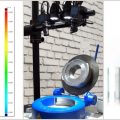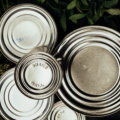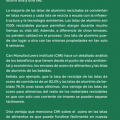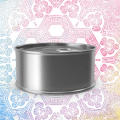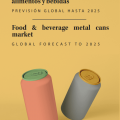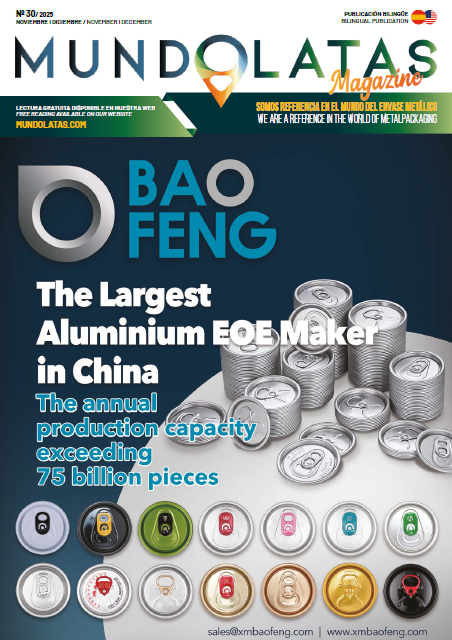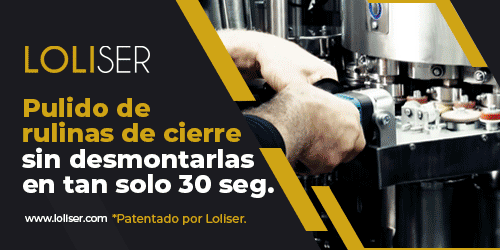 Tinplate Packaging Market Benefits from Pet Food Trends
Tinplate Packaging Market Benefits from Pet Food Trends
The number of pets continues to rise in Europe.
Cats are especially prized: according to FEDIAF, the European Pet Food Manufacturers Federation, there were more than 106 million pussies living in European households in 2019, an increase of 4 million animals over 2017.
The number of dogs in Europe is also on the rise: in 2019 some 87 million dogs were living with Europeans – an increase of 2 million animals in the space of two years. Due to the growing pet population, the demand for pet food is rising: in 2010, food manufacturers earned 13.5 billion euros from pet food. Nine years later, revenues had risen by 60 percent to over 21 billion euros. The food for our furry friends has caused a great expansion in the pet food sector.
In part, it is due to an evolution of the relationship between human and pet. Owners take care of their pets’ food in more detail, so they are willing to spend more on high-end food. Hence, the global sale of high-end food has grown the most between 2013 and 2019, compared to other price segments. Over the next few years, it will therefore be just as important for feed manufacturers as it will be for the packaging industry to stand out in the competition for new and old customers in the pet food sector. Current trends are good indicators of future market development.
Sustainable packaging is gaining in importance, also in the baby food sector.
animals
Pets are more than a hobby for many people. More and more owners, especially in the younger age groups such as millennials, consider their dogs and cats as part of their family and build an intimate relationship with them. Owners foster bonds with their pets primarily through food. They follow the principle: “What I want for me, I want for my animal”. Many manufacturers have already taken notice: just like high-end supermarket foods, premium products with an “organic” or “bio” label are no longer a rarity in the pet food sector.
When looking for fresh, healthy and ethically produced feed for their pets, shoppers place a higher value on environmentally friendly packaging. It is also a consequence of the fact that consumers, in general, are becoming increasingly concerned about the sustainability of the products they buy. “A current, representative survey by the market research institute YouGov shows that 89 percent of respondents in Germany look at sustainability aspects, such as environmental characteristics and recyclability, when choosing their packaging. The majority of consumers therefore demand sustainable and recyclable packaging not only for themselves, but also for their pets,” says Carmen Tschage, Head of Steel Packaging Steel Communications and Market Development at thyssenkrupp Rasselstein GmbH, Germany’s only tinplate manufacturer.
In terms of sustainability in the packaging sector, the most important aspect is its recyclability. The packaging material is particularly environmentally friendly if it is simply reused and does not need to be regenerated in each cycle. In this sense, tin cans, one of the most sold packaging for pet food, stands out remarkably over competing products. Due to its inherent characteristics, tinplate is easily separated from waste to be reworked into a new product in the steel mill. It is nearly one hundred percent recyclable, almost infinitely and without under-recycling, i.e. without reducing its quality. Today’s can could be tomorrow’s car part or part of a bicycle. The material cycle is closed.
A future with more animals per household The pet food market is growing dynamically, so that over the years other packaging materials such as pouches have come to the attention of the consumer. It is a bag made up of synthetic and aluminium layers containing about 100 grams of feed. “Tinplate cans have an advantage over pouch cans in that they are highly recyclable and remain in the steel cycle. Especially at a time when the demand for sustainable products is growing and the end consumer is increasingly concerned about the impact of plastic waste on the environment, this is a determining factor for purchasing,” says Tschage.
Since the pouch contains smaller amounts of food, it is primarily intended for owners of a single animal. This is where evolution takes another path: the number of households with more than one pet is steadily increasing. This tendency also comes from the breeders, who in many occasions do not deliver only one puppy, but several puppies.
As pets are social beings, many breeders reject the management of solitary animals. “In line with the growing pet population in European households, consumers will tend to opt for larger pack sizes with more content – such as cans,” estimates Tschage.
DWI two-piece packaging offers benefits to packaging manufacturers The increase in the number of pets in European households has a direct impact on pet food manufacturers, increasing their need for packaging. Packaging manufacturers who want to serve the increasing demand will benefit in the long term from the DWI two-piece tinplate can: “At Rasselstein we have acquired a wealth of knowledge about the development and manufacture of steel grades for DWI cans over the past decades. Our steel grades offer the required purity and have outstanding forming properties and tribologically optimised surfaces. This is of importance for packaging manufacturers, as the material properties allow for further processing with minimal waste and minimal tool wear.
This makes the two-piece can cost-effective, especially for high production volumes,” says Dr. Heiner Schäfgen, Head of Technical Customer Service at thyssenkrupp Rasselstein GmbH. In addition, the DWI can offers all the advantages that also characterise other tinplate food cans: the DWI can is also puncture-resistant. Customers don’t have to keep the food safe from their pets, they can stack it anywhere thanks to its sturdy, space-saving material. Since the pouch usually contains about 100 grams of food, owners need several containers for their pet’s daily nutritional needs. However, there are already sustainable alternatives for small animal packaging: environmentally conscious users who only want to buy food in small quantities choose the two-piece can. This pack, with a net weight of 200 grams, is ideal for the daily needs of an adult cat and most dogs. In addition, unlike the pouch, the tin alternative can be closed with a plastic lid for safe and odour-free storage of food during the day. The tin can is one of the most widespread packaging for wet feed, as it offers several advantages for animal feed due to its packaging and preservation. “Food packaged in cans retains its natural taste and nutritional value. Minerals, vitamins, protein, fat and carbohydrates are retained through the preservation process, which is essential for pet food,” says Tschage.
That’s why tinplate cans are appreciated in the industry for their vitamin shielding – also in animal feed.
Another plus: wet food is a good source of liquid for pets, an advantage due to its high percentage of water. “So the tin can is not just a more sustainable choice for pet owners.
Thanks to its wide range in the organic and premium segments, it is perfectly in tune with the spirit of our times”.

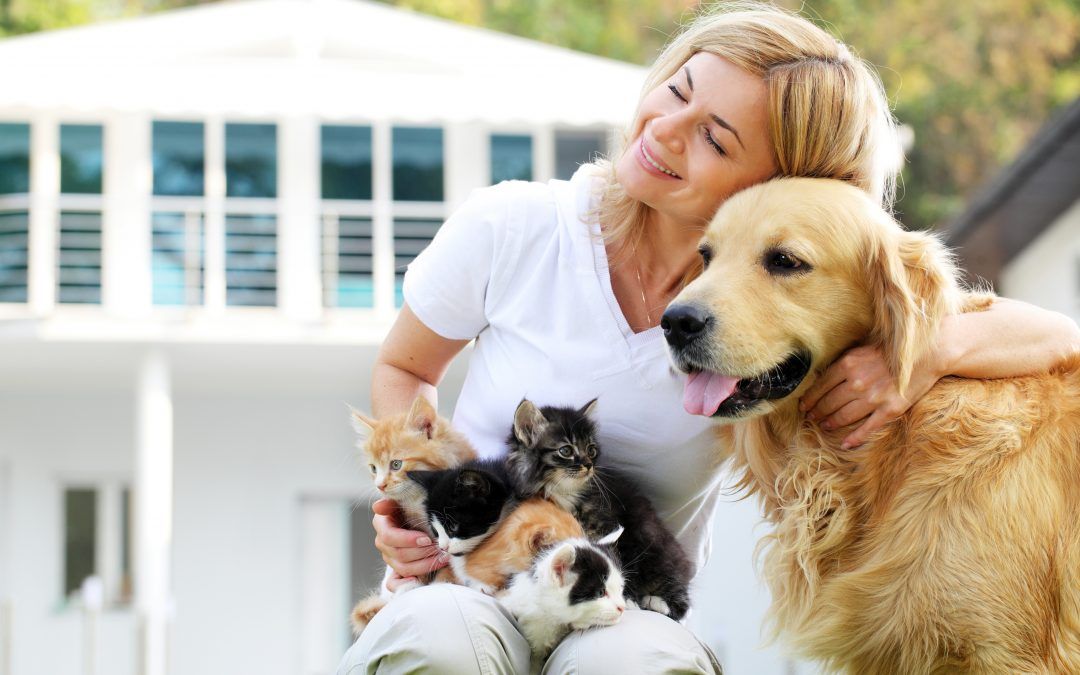
 Tinplate Packaging Market Benefits from Pet Food Trends
Tinplate Packaging Market Benefits from Pet Food Trends
